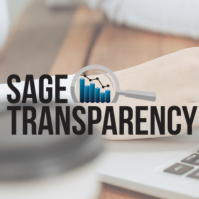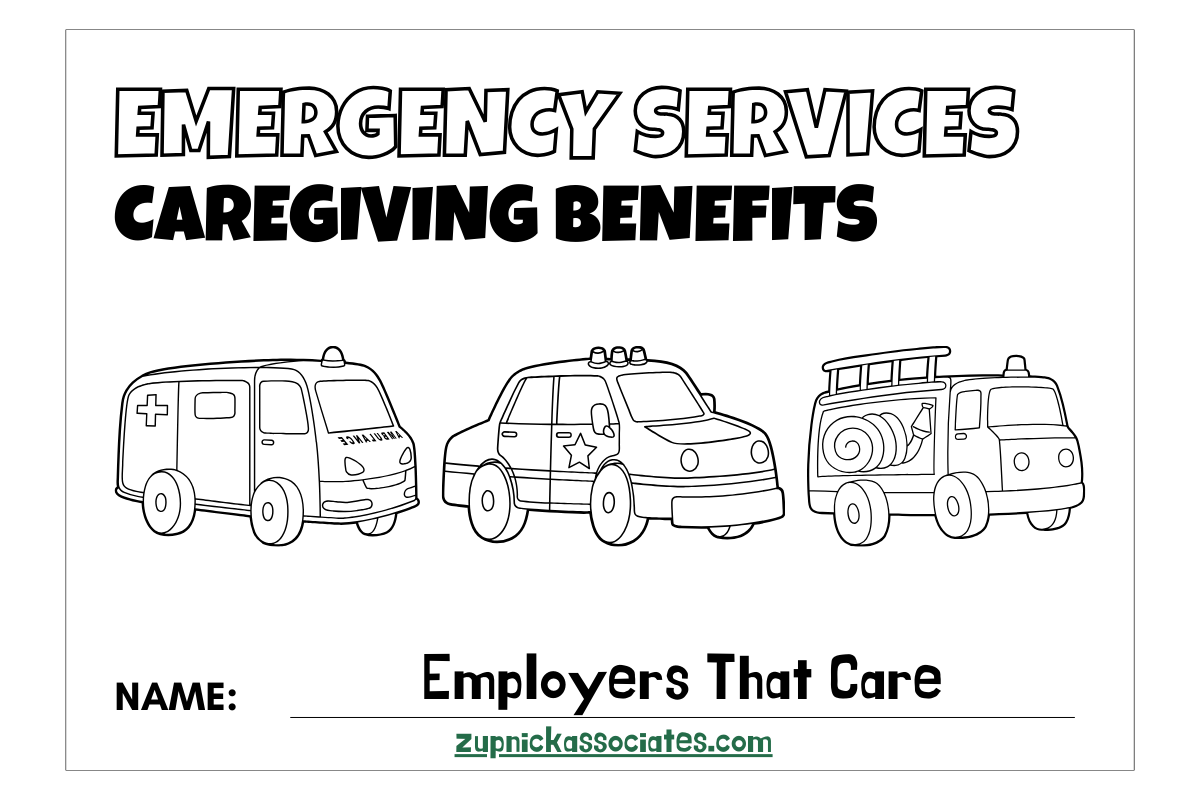WELCOME TO
Insurance Brokerage Company
Zupnick & Associates
Zupnick & Associates
For over a decade, Zupnick & Associates has worked to become Employee Benefits experts who help business owners, CEOs, CFOs and HR decision makers purchase the best benefits for their employees.


We work with global brands
This is a paragraph. Writing in paragraphs lets visitors find what they are looking for quickly and easily.
This is a paragraph. Writing in paragraphs lets visitors find what they are looking for quickly and easily.
This is a paragraph. Writing in paragraphs lets visitors find what they are looking for quickly and easily.
This is a paragraph. Writing in paragraphs lets visitors find what they are looking for quickly and easily.
This is a paragraph. Writing in paragraphs lets visitors find what they are looking for quickly and easily.
Company Name






WHO WE ARE
Pro advisors who keep on helping you mitigate risk through fitting coverage.
Saving money on premiums is a tricky business: you still want all the protection you need. Applying decades of industry experience and sector-specific know-how, we package your risk profile in total honesty while minimizing the sense of risk to carrier underwriters.
At Zupnick Associates we are your experts to insure hospitality franchises, all real estate projects and facility types, general and specialty contractors.


Life insurance is a contract between an individual and an insurance company that provides financial protection to the policyholder's beneficiaries in the event of the policyholder's death. In exchange for paying regular premiums, the insurance company agrees to pay a lump sum of money, called a death benefit, to the designated beneficiaries upon the policyholder's death.

Workers' compensation insurance is a type of insurance that provides benefits to employees who are injured or become ill as a result of their job. This insurance is designed to protect both employees and employers by providing benefits to employees who are injured or become ill while performing their job duties, and by protecting employers from lawsuits related to workplace injuries or illnesses.

Professional liability insurance, also known as errors and omissions (E&O) insurance, is a type of insurance coverage that protects professionals, such as doctors, lawyers, accountants, architects, engineers, and other professionals, from claims made against them by clients for errors, omissions, or negligence in the course of performing their professional duties.

Business and commercial insurance is a type of insurance that provides protection to businesses against losses and damages that may occur during their normal operations. It is designed to help businesses manage risk and protect their financial interests.
OUR PRODUCTS
We offer a wide range of insurance products, including home, auto, life, and business insurance, to name a few. Our team is skilled at finding the right coverage at the best price for each of our clients. We take pride in our ability to understand the needs and concerns of our clients and provide them with the protection they deserve.
Employee benefits insurance, also known as employee benefits liability insurance, is a type of insurance that provides protection to employers from errors or omissions in the administration of employee benefit plans.





Your Peace of Mind Guaranteed
Your Peace of Mind Guaranteed
Stellar team with in-depth knowledge of risk analysis, insurance packaging, and carrier relations.
+
Decades of experience!
+
Up to date with all the recent changes and laws.
+
Protecting your business, your employees, and your bottom line.
+
National certifications with local care.
+

Real Stories, Real Impact.
"We have been with Zupnick Associates for a number of years now. The entire staff (Susan) and Mr Zupnick go way above and beyond their call of duty and take their time to explain every possible question and give us all the options that might come up. Great professional service and care. Highly recommended."
Shea Greenfeld
"Mr. Zupnick and his team are more than just great insurance solution providers for our business. They are committed to seeing us become financially successful in every way possible. Whether it’s delivering our insurance needs, saving us money, or advising us on other opportunities for liquidity, they are there as a trusted partner and happy to help. You would be hard pressed to find a more caring, enthusiastic, and honourable service provider in this space than Zupnick Associates."
Shiraz Noor
"I've been working with Zupnick Associates for several year now. They are very professional, knowledgeable and above all, they provide outstanding service. They always manage to get us the best insurance quotes. Highly recommended."
Hemorex
Stay tuned for our industry-related articles and news blogs. Insurance might be boring, but the more you know, the better protected you are. Don't miss a beat.
Leaning into insurance
OUR BLOG










